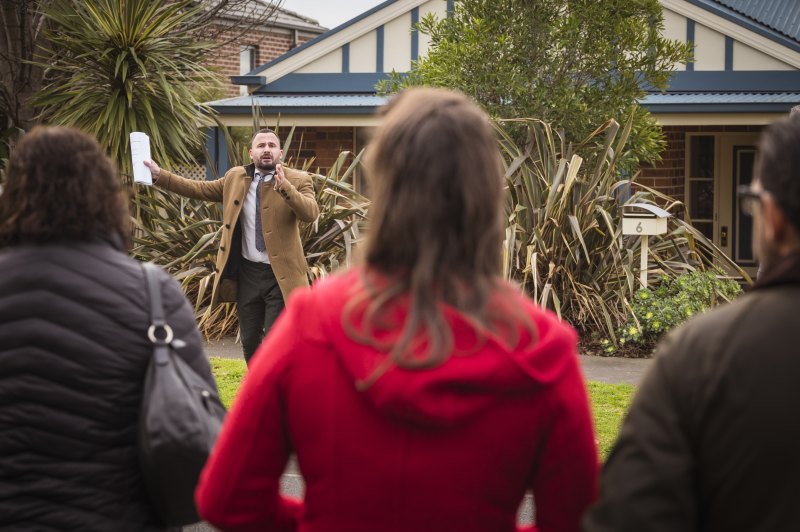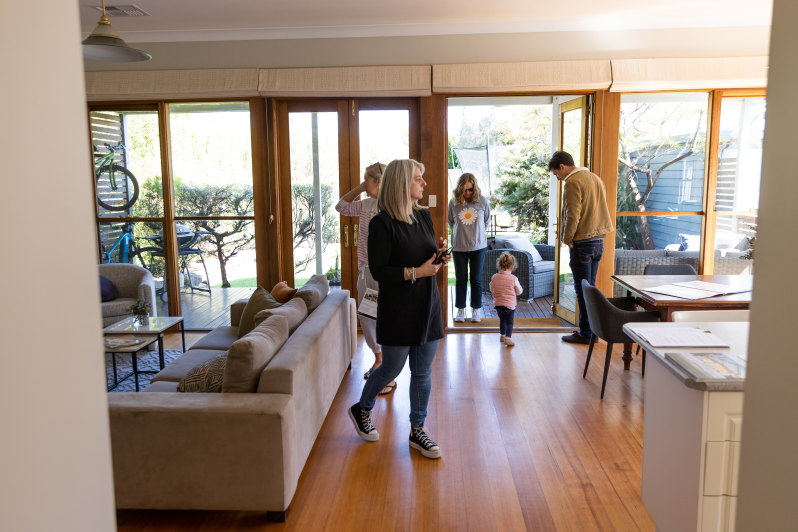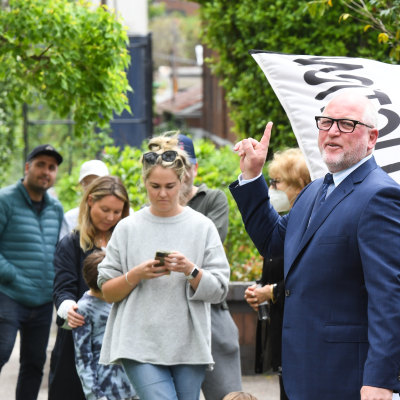The $31,000 bonus on offer to NSW first home buyers

An ordinary first home buyer has access to an extra $31,000 in spending power since stamp duty was made optional, new modelling shows.
The NSW government changed the law last week, allowing first home buyers to choose whether they pay property transfer tax in lump sum, known as stamp duty, or as an annual land tax on homes valued up to $1.5 million.

A first home buyer who opted to pay an annual land tax on an $800,000 property would save $31,090 in stamp duty costs.
If they chose to borrow against this to buy a more expensive property, they could purchase a home valued up to $955,450 and still retain their 20 per cent deposit, Canstar analysis showed.
However, if they chose to buy the same $800,000 property and top up their deposit to reduce their home loan size, it would cut their monthly repayments by $172.
Experts say the change is a win for first home buyers as it reduces the deposit-saving burden. But they agreed it would stimulate demand and push up property prices between $650,000 to $1.5 million.
“This will be quite an incentive for first home buyers to move into the market, and prices are falling and that will make it a little bit easier to get in,” said Steve Mickenbecker, Canstar’s group executive of financial services.
“This stamp duty saving of $30,000, people might be able to bring up their [buying] position by 12 months.”
First home buyers are better off in paying an annual land tax on houses and units held for up to 10 years, the analysis found.

They would pay $20,761 in land tax on an $800,000 house after a decade, and less for a unit. Land value is assumed to be 60 per cent of the house price and 35 per cent of the unit price.
But first home buyers who held the $800,000 property for 30 years would end up paying more in annual land tax on a house ($82,879) or a unit ($56,537) than they would pay in stamp duty.
Across Australia, homeowners held houses for a median of 9.5 years and units 8.3 years, based on homes resold in the 12 months to October 2022 on CoreLogic data.
First home buyers who choose annual land tax between now and January 15, when the changes come into full effect, will be reimbursed for the stamp duty paid upon settlement.
Mortgage Choice Dee Why principal and mortgage broker James Algar said not every first home buyer will reap the benefits of stamp duty changes just yet.
“It’s going to have a more diluted impact because those people are still going to have to find the stamp duty money to pay upfront,” Algar said.
Some of his clients chose to wait until they don’t have to pay the stamp duty at all. Others had asked the Bank of Mum and Dad in the interim.
“The other drawback is that you’re pushing yourself into mortgage insurance. Then you’re crystallising an extra cost for buying this week rather than six weeks’ time.”
Algar said while it was almost a no-brainer to opt into an annual land tax for high-density units, where land value forms a smaller portion of the property price, the decision was up for debate for smaller unit blocks and houses closer to the $1.5 million limit, especially if it was held long-term.
He said this extra injection of cash to first home buyer budgets would push prices up, as did initial stamp duty concessions introduced years ago.
“When that [concession] was introduced, you could still buy two bedrooms for under $650,000 … Within weeks of that, you literally could not find anything for sale under $650,000, which is because of all those people who have an extra $27,000 on their deposit.”
Two Red Shoes principal and mortgage broker Rebecca Jarrett-Dalton said the stamp duty saving would help many of her clients, who have struggled to break into the market so far.
“I’ve got one client who has called me and said ‘I’m going to wait [until January]’. They’re looking at a $1 million property. That makes a huge difference,” said Jarrett-Dalton, adding that it was about a $40,000 boost to their savings or spending power at that price.
Atelier Wealth co-founder and mortgage broker Bernadette Christie-David said the changes were a huge incentive for first time buyers, allowing some to break into the market and others to buy bigger homes.
“That could be the difference between getting you into a property or not,” said Christie-David. “A first home buyer client of ours was looking in Marrickville, they could only find an apartment for $1.5 million [last year]. Now they can buy a townhouse for the same price, that’s an enormous shift. If they have another $50,000 or $60,000 in their pocket they could get a semi.”
We recommend
We thought you might like
States
Capital Cities
Capital Cities - Rentals
Popular Areas
Allhomes
More










